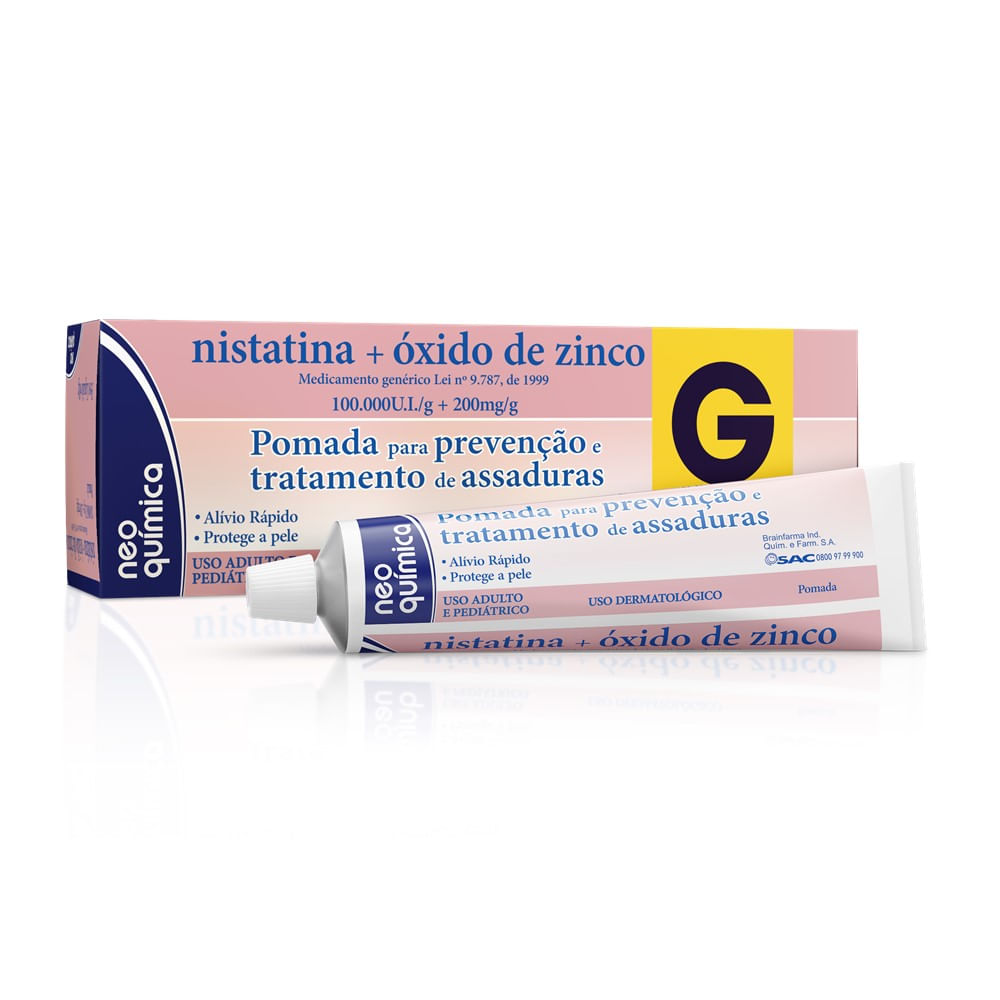What Is Small Cavity Filling? A Painless Solution

The concept of dental fillings has undergone significant evolution over the years, transforming from a dreaded, painful experience to a relatively quick and painless procedure, especially when it comes to small cavity fillings. Small cavity fillings, also known as mini fillings, are designed to address minor tooth decay or damage, preserving the tooth’s structure and preventing further deterioration. This approach not only alleviates the discomfort associated with traditional filling methods but also emphasizes the importance of early intervention in dental care.
Understanding Small Cavity Fillings
Small cavity fillings are a type of dental restoration used to treat small areas of tooth decay. They are particularly beneficial for addressing initial stages of tooth decay, where the damage is minimal and limited to the tooth’s enamel or the outer layer of the dentin. The primary goal of a small cavity filling is to remove the decayed portion of the tooth and fill the resulting cavity with a suitable filling material, thereby restoring the tooth’s shape, function, and appearance.
Materials Used for Small Cavity Fillings
The choice of material for small cavity fillings can vary depending on the location of the tooth, the extent of the decay, and the patient’s preferences. Common materials include:
- Amalgam Fillings: Made from a mixture of metals, including mercury, silver, tin, and copper. Although effective and durable, amalgam fillings are less popular nowadays due to their noticeable silver color and concerns over mercury toxicity.
- Composite Resin Fillings: These are tooth-colored fillings made from a mixture of plastic and glass. They are more aesthetically pleasing and can be used for both front and back teeth. Composite fillings bond directly to the tooth, minimizing the amount of tooth structure that needs to be removed.
- Gold Fillings: Also known as inlays or onlays, these are made from gold alloy and are one of the most durable types of fillings. However, they are more expensive and require more than one visit to the dentist.
- Ceramic Fillings: These are made from porcelain and are often used for cosmetic purposes. They are highly resistant to staining and can mimic the natural appearance of teeth.
Procedure for Small Cavity Fillings
The process of getting a small cavity filling is generally straightforward and can be completed within a single visit to the dentist. Here’s a breakdown of the steps involved:
- Preparation: The dentist will start by numbing the area around the tooth with a local anesthetic to ensure the procedure is painless.
- Removing Decay: Once the area is numb, the dentist will use a drill to remove the decayed portion of the tooth. The goal is to preserve as much of the healthy tooth structure as possible.
- Filling the Cavity: After the decay is removed, the dentist will prepare the tooth for the filling by cleaning and shaping the cavity. Then, the chosen filling material is applied to the cavity in layers, with each layer being hardened with a special light.
- Shaping and Polishing: Once the filling is in place, the dentist will shape it to match the contours of the tooth and polish it to prevent staining and ensure it feels natural.
Benefits of Small Cavity Fillings
Small cavity fillings offer several benefits, including:
- Early Intervention: Addressing tooth decay early can prevent it from progressing into more severe stages, reducing the risk of needing more extensive dental work.
- Minimally Invasive: These fillings require the removal of less tooth structure compared to larger fillings, preserving the tooth’s integrity.
- Painless Procedure: With the use of local anesthetics and advanced dental techniques, the process of getting a small cavity filling is typically painless.
- Aesthetic Appeal: Fillings made from tooth-colored materials can improve the appearance of the tooth, making them virtually unnoticeable.
Conclusion
Small cavity fillings represent a significant advancement in dental care, offering a painless and effective solution for addressing minor tooth decay. By understanding the materials, procedures, and benefits associated with small cavity fillings, individuals can better appreciate the importance of early dental intervention. This proactive approach not only helps in maintaining good oral health but also contributes to overall well-being, demonstrating how modern dentistry continues to evolve towards more patient-centric and conservative treatments.
What are the most common materials used for small cavity fillings?
+The most common materials include amalgam, composite resin, gold, and ceramic. Each has its own set of advantages and is chosen based on the location of the tooth, the extent of decay, and the patient’s personal preferences.
Are small cavity fillings painful?
+No, small cavity fillings are typically painless due to the use of local anesthetics. The procedure involves numbing the area around the tooth before removing the decay and applying the filling, ensuring that the patient does not feel any discomfort during the process.
How long do small cavity fillings last?
+The longevity of a small cavity filling can vary depending on the material used and the patient’s oral hygiene practices. On average, composite fillings can last between 5 to 10 years, while gold and ceramic fillings can last for 15 years or more with proper care.


